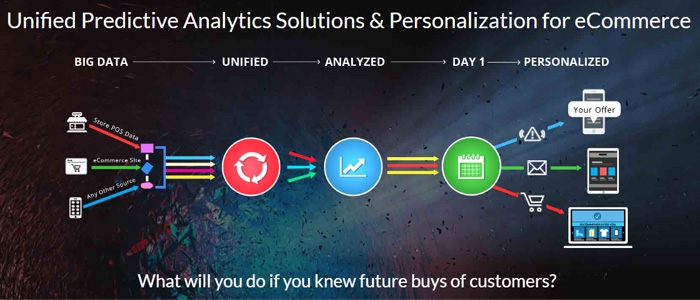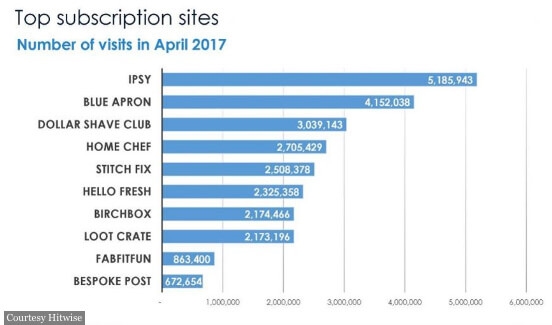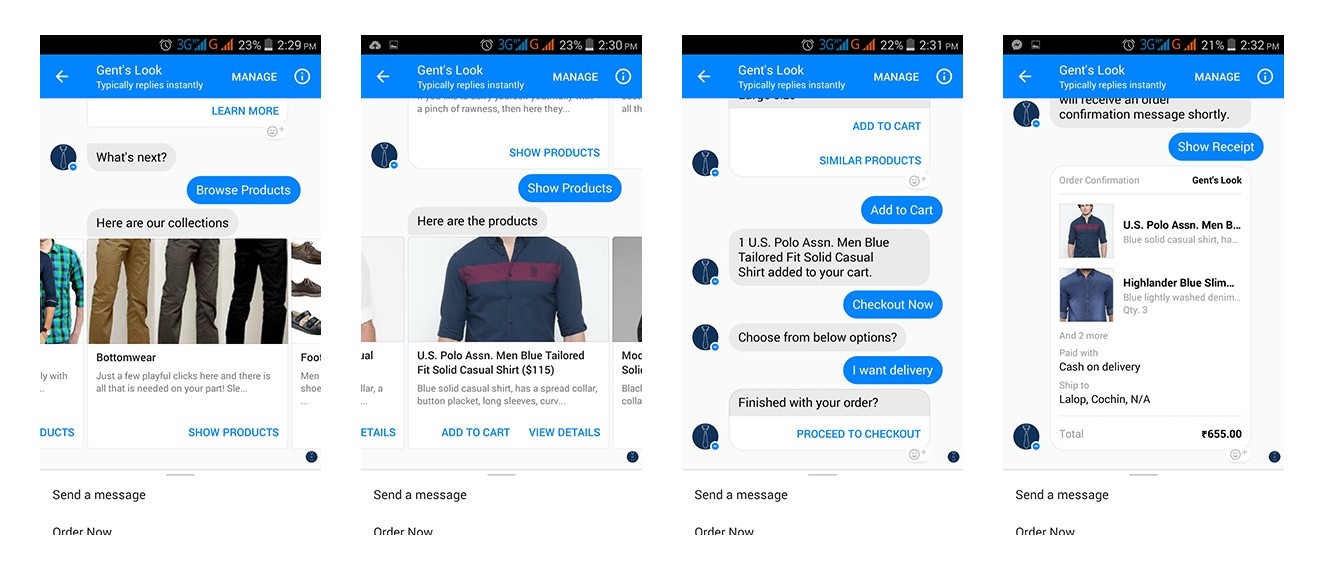2020 has already seen the world change quite significantly. The situation with COVID-19 has dramatically shifted the way we’ll work and indeed shop, both now and likely in the future. It’s shone a light on the relevance, usefulness, and power of online shopping.
eCommerce is evolving in real-time. We now do more online shopping than ever before. Smaller retailers who’ve had to take a multichannel approach to sales have had to overhaul their websites and use omnichannel retail software solutions.
So, what’s next?
With more eCommerce competition than ever before, how does an online retailer ensure they stand out from the crowd? Predicting what comes next isn’t a science, especially considering our current social and economic climate. However, we can look at where we’ve been to get a sense of where we’re going. And use those insights to help bolster our understanding of where the online retail industry goes from here.
Social media as your primary store
Most people learn, share, and live life online through the medium of social media. Shopping is naturally a part of that experience.
Social commerce built tremendous momentum last year, with some of the more established platforms expanding their offerings to enhance their eCommerce capabilities.
In March 2019, Instagram launched its eCommerce checkout feature, because it wanted to offer an end-to-end in-app e-commerce experience for users. This means Instagram users can complete product purchases without ever having to leave the app, and in the process, save purchasing information for future payments.

Source: Techcrunch
It’s vital you connect your sales to your social media account. If your potential customers are finding your products through their social feeds but having to leave that page to buy it, you’ve created friction: the more steps involved, the less chance of a conversion. It’s the same reason poorly designed websites see high bounce rates and low conversion rates.
By reducing the friction and allowing customers to swipe or click to purchase your product, you’ve reduced friction of the buying process. Impulse buys shouldn’t take more than three clicks.
If you’re not properly marketing your products on social media, utilizing Influencer Marketing, or making use of all the current and emerging tools and trends to help retailers succeed. It would help if you got on that sooner rather than later. Social media platforms like Instagram are how most people access the broader internet landscape, and it’s on you to ensure those windows align with your sales channels.
Know what they want before they do
Predictive analytics has been around for more than a decade, but the take-up (particularly with smaller retailers) has typically been low, perhaps due to the complexity and costs. However, with Big Data combining with the current surge in online shopping, as well as more affordable solutions currently available across several platforms, it’s becoming a more affordable solution.
Predictive analytics allows retailers to:
- Predict what customers are most likely to purchase
- Determine the highest price a customer will pay for a product
- Improve supply chain management
- Enhance business intelligence
- Accurately make recommendations regarding promotions and follow-up purchases
- Employ better price management
- Minimize fraud
The new decade’s demand and reliance on reliable and now anticipatory data cannot be overstated. It might not be the case that every use of predictive analytics is relevant to your business.

Staying ahead of how a customer behaves online, means you aren’t falling behind them.
Refined shipping and delivery methods
Amazon has set the bar when it comes to delivery, with most items available within 24 hours of the order, and no cost for the dispatchment. For most, such a turnaround is impossible. Still, you need to be competitive. This relies on reducing those turnaround times. Or, working alongside your customers to balance the speed of your deliveries vs. the money it takes to deliver them.
An inventory management system is a key part of this process. Such a system helps you streamline everything related to your supply chain. You can better manage reordering, deliveries, order fulfilment, and more.
Once you’ve created a birds’-eye view of your stock, focus on providing a delivery service that aligns with their needs. Conduct a short survey over email or social media to determine whether speed, convenience, or cost is the most important outcome for your market. Next, source the right couriers who will help you deliver on what your customers want.
Now that the right services are in place ensure they’re presented clearly on your website. Every page should feature a header with the headline offering, and then a link to the delivery options. Do not obscure the prices and have current and concise information on every product page. Like, is it in stock? How long will it take to despatch? What are the relevant postage prices?
Clearly explain it again on the checkout and basket pages too.
Special offers on delivery will always be one of, if not the most powerful promotional tools you have in your arsenal. Any promotion is an opportunity to get a customer to do what you want them to do with a reduced impact on your margins.
A shift towards subscription-based models
Over the last few years, subscription-based eCommerce business has gained much attention due to its growing success. With disposable incomes for those in their 20s higher than a decade ago, but overall wealth on the decline, large one-off purchases are no longer in vogue. Instead, this year will see the introduction of more subscription-based businesses than ever before.
The simplicity of a monthly automated direct debit and the buzz of a monthly product or service is appealing for many consumers and companies. Especially with millennials who place higher importance on personal experiences and emotion instead of larger, more generic purchases like cars and homes. It’s why ‘experience first’ companies like Airbnb are booming. It’s also why eCommerce sites like Dollar Shave Club have exploded with popularity.

Product subscription boxes give an addictive and familiar sense of excitement every month when a package arrives at a customer’s door or desk. The ease of the service is also attractive, especially for those who find themselves time-constrained, or those who just hate shopping on the weekend. Multiple subscription-based companies succeed through simply saving the customer time—one thing highly prized by most people.
Determine if there’s a subscription element you can add to your website. Is there a product that goes alongside another, like a refill? Is there a service that can be offered monthly? Subscriptions can improve the customer’s relationship with your brand by having a repeat payment and delivery set up to make their life easier.
If you can bring a subscription element into your business, you might find an excellent opportunity to expand your online shop in a way that can provide much higher levels of revenue and repeat business.
A little more conversation
You can’t put a value on direct, one on one conversation. You can, however, put a price on employing enough staff to handle direct inquiries instantly and personably. It wouldn’t be financially feasible. So, you deploy a chatbot to answer questions, offer recommendations, and deal with queries and complaints. And the more they’re used, the smarter they become, so much so that in a few years it may become impossible to distinguish artificial intelligence and, well, a human respondent.

The utilization of chatbots is a trend that’s taken off well with many eCommerce stores fighting to provide improved customer service. Productivity boosting and cost-effective, this useful automation will continue to advance as machine learning gets increasingly more powerful, and AI will become more scarily human-like.
2020 and beyond
With technology’s staggering advancement, we’re witnessing an incredible expansion and diversification within the eCommerce industry. It’s an exciting time for retailers. New techniques, strategies, and tools are all there to be experimented with and implemented, but you’re only able to do so if you take advantage of them as and when they arise.
User experience, conversion optimization, and the way customers pay and take delivery of their products can all be factors that determine your bottom line. It’s on you as a retailer to optimize efficiently, make use of your analytics, and be unafraid of embracing what comes next.
Digital & Social Articles on Business 2 Community
(89)
Report Post







